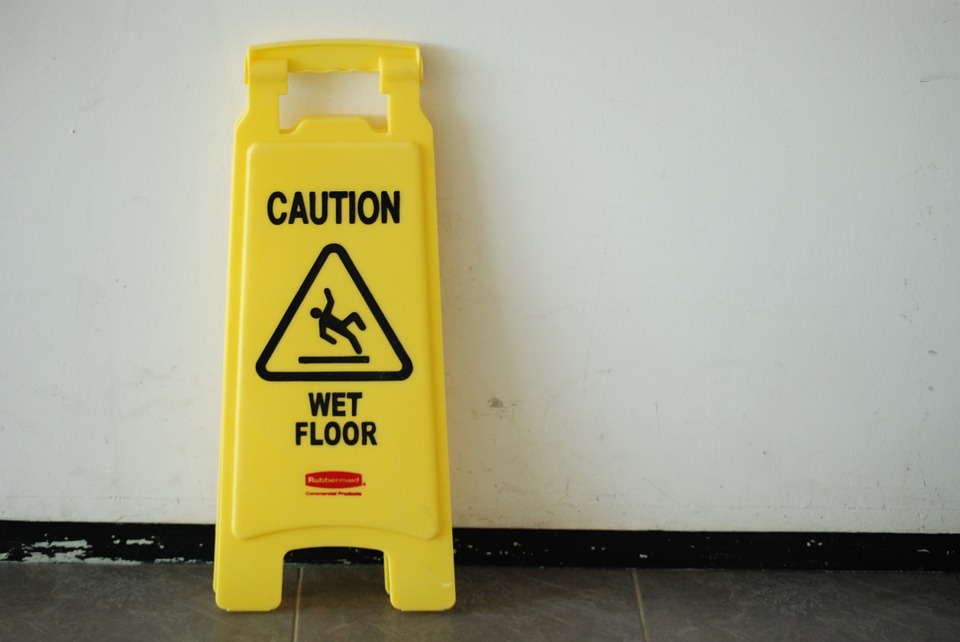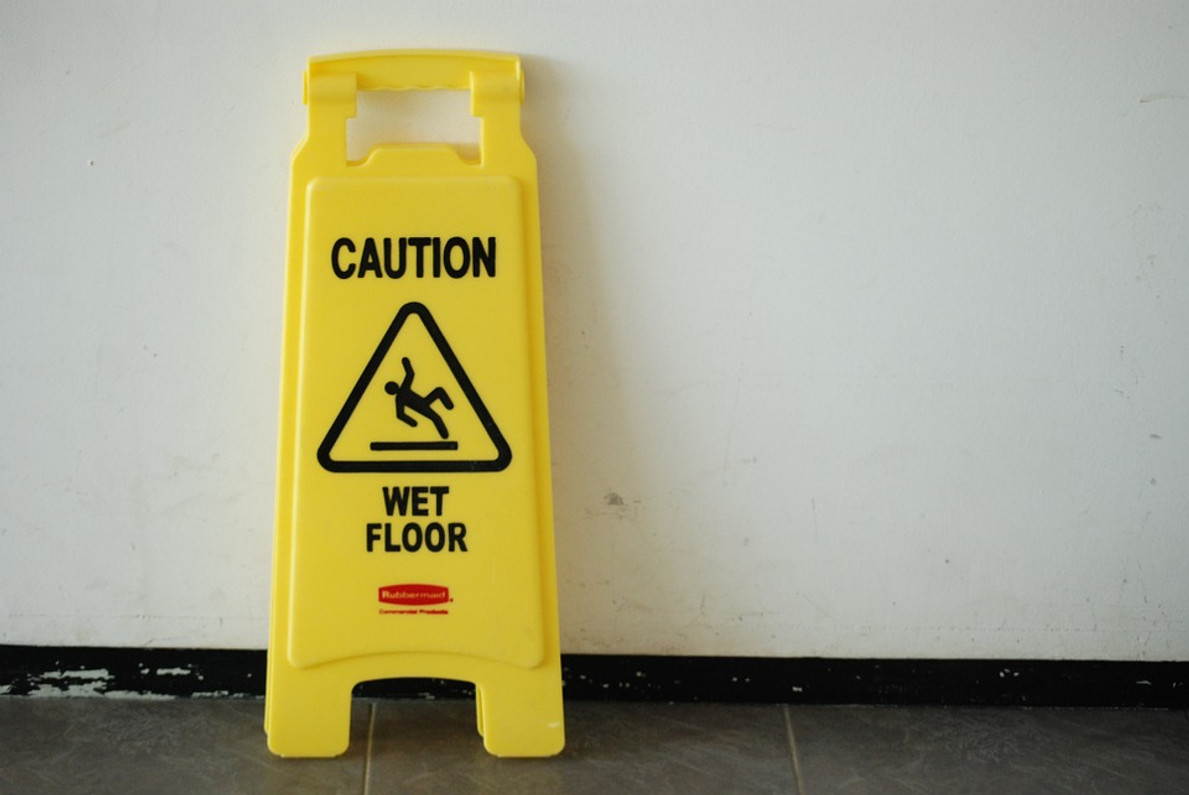OSHA Updates Slip and Fall Requirements

The Occupational Safety and Health Administration (OSHA) has updated the requirements for preventing slip-and-fall injuries in the workplace.
Each year, tens of thousands of workers in the United States are seriously injured as a result of slipping and falling. Slip-and-fall injuries typically fall under one of two categories: from same level or from elevated level. The former is more common, while the latter is typically more serious. There have even been cases of workers fatally injuring themselves as a result of falling from an elevated level. OSHA is hoping the new requirements will turn these numbers around by protecting workers from slip-and-fall injury.
Of course, these new requirements have been a long time in the making. OSHA updated the standard last year, though it wasn't until earlier this year when it began to take effect. Nonetheless, many employers are unaware of the new requirements regarding slip-and-fall injuries. While most of the rules have already taken effect, a large number of employers are completely unaware o them, placing their workers at a greater risk of injury.
So, what does the new slip-and-fall safety rule require employers to do? Among other things, the new rules are designed to align the fall protection standards of general industry with the construction industry. The construction industry has a strong standard for protecting against slip-and-fall injuries, and it's safe to assume that OSHA wants to apply these standards to other industries.
Under the new fall protection standard, employers are required to conduct a hazard assessment to identify the risk of fall-related injury and whether personal protective equipment (PPE) could eliminate or reduce that risk. The new standard requires all employers to have trained employees who can use fall protection systems and equipment. Employers must also conduct regular inspections of pathways such as floors, stairs, ladders and more to identify such hazards.
Up until now, OSHA's guidelines for fall protection had little-to-no guidance on how to use fall protection systems outside of the construction industry. While fall-related injuries are most common in the construction industry, they certainly occur elsewhere as well. Therefore, OSHA has applied the fall protection requirements from the construction industry to the general industry.
OSHA says the new requirements will prevent some 5,000 slip-and-fall injuries and dozens of related fatalities each year in the United States.
Recent Posts
-
Fire Safety in the Workplace: What You Need to Know
What steps are you taking to prevent fires in your workplace? According to the U.S. Occupational Saf …Aug 23rd 2023 -
Is It Safe to Go Jogging With a Cold Infection?
If you're suffering from a cold infection, you might be wondering whether it's safe to go jogging. T …Aug 22nd 2023 -
5 Safety Tips to Follow When Using a Powder-Actuated Tool
Powder-actuated tools are commonly used to join materials to steel and concrete. Also known as Hilti …Aug 20th 2023




